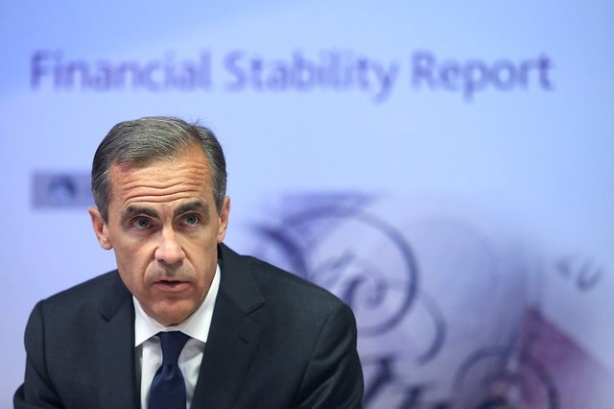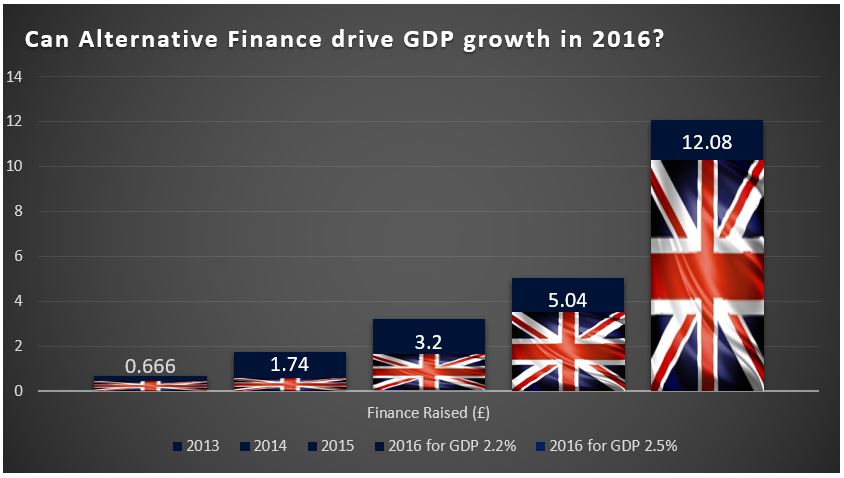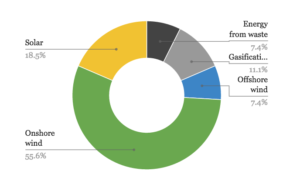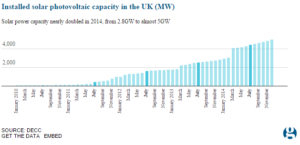Catching up on London FinTech PodCast 54 I was pointed to a speech by Mark Carney, Governor of the Bank of England that for horrible reasons, the murder of Jo Cox MP, was not made. It’s a pity the speech wasn’t made as it makes some good points about FinTech, the relationship between FinTech and banking and banking more generally.

The point is made that it is technology or more specifically the increasingly ubiquitous access to technology that is driving the democratising effect of FinTech. At the end of last year there were circa 2Bn smartphones worldwide. Rather than accepting that this is a process simply to be welcomed Carney goes on to say that FinTech will help in four specific areas;
“For the financial sector, these could offer shorter, speedier transaction chains; greater capital efficiency; and stronger operational resilience. For consumers, they could mean more choice; better-targeted services; and keener pricing. For everyone, FinTech may deliver a more inclusive financial system, domestically and globally; with people better connected, more informed and increasingly empowered.”
Nothing too earth shattering in the above summary, he goes on to predict revolution;
“These benefits spring from FinTech’s potential to deliver a great unbundling of banking into its core functions of settling payments, performing maturity transformation, sharing risk and allocating capital. This would mean revolution, fundamentally re-shaping the financial system.“
Heady stuff from a central banker……and apparently a revolution he wishes to encourage and for the bank of England to be a part of, albeit he expects the effects of the revolution to take many years to work through.


